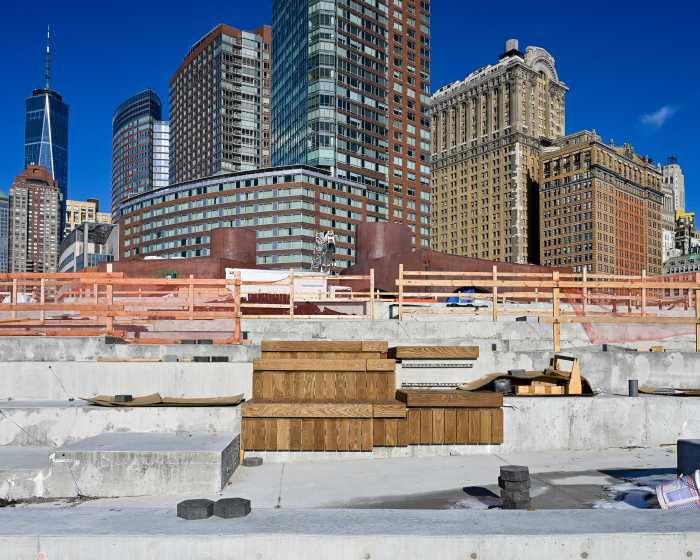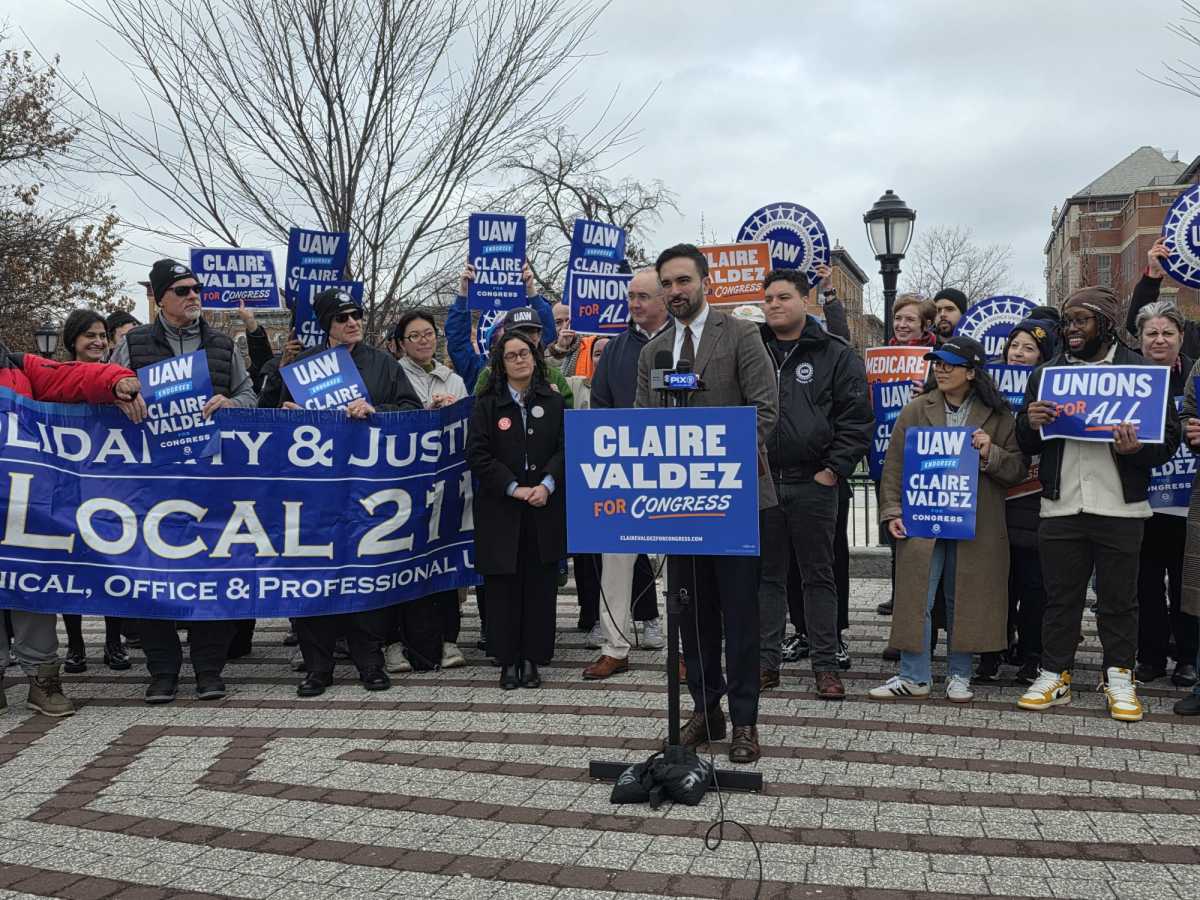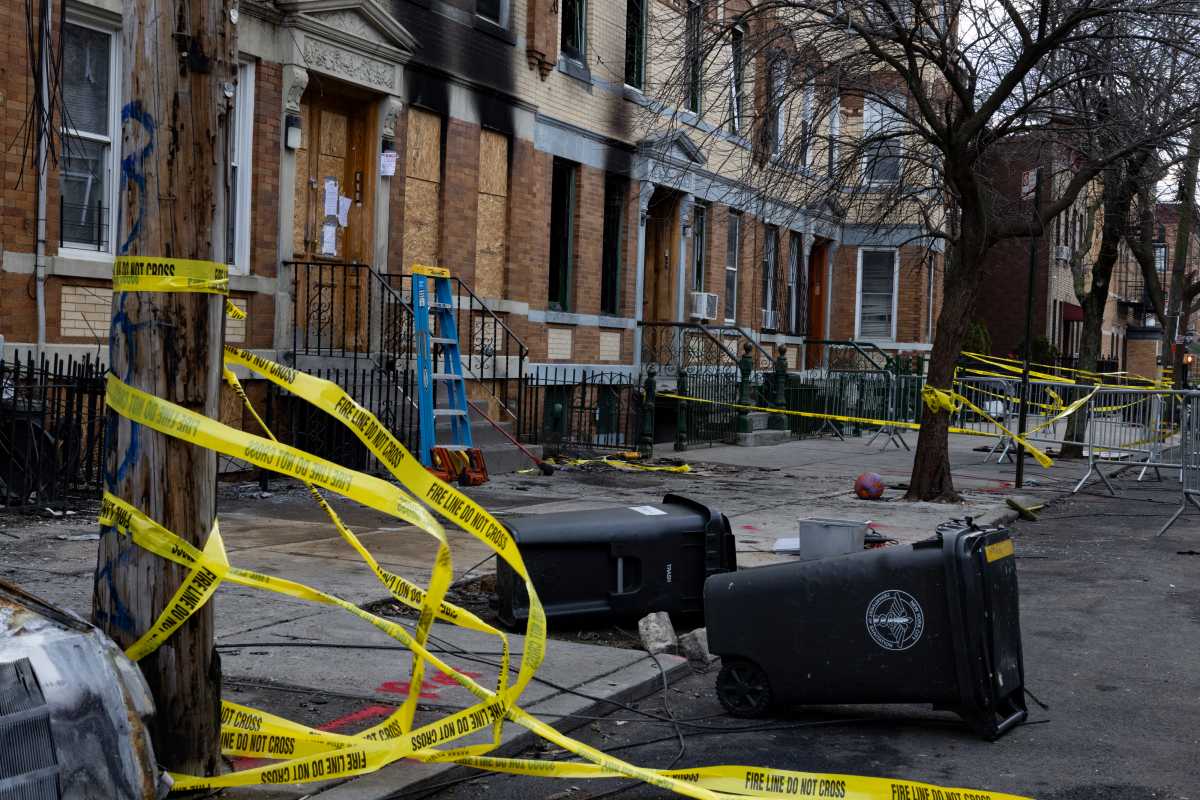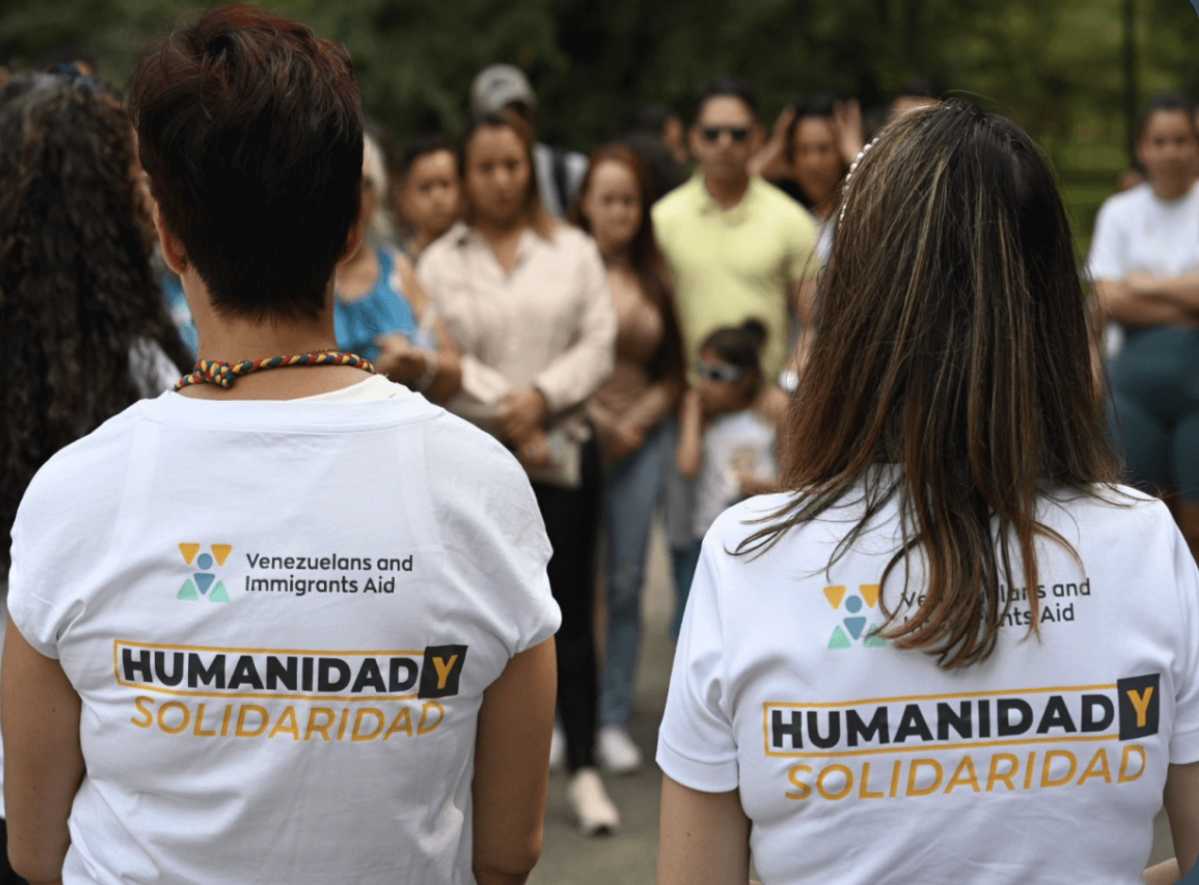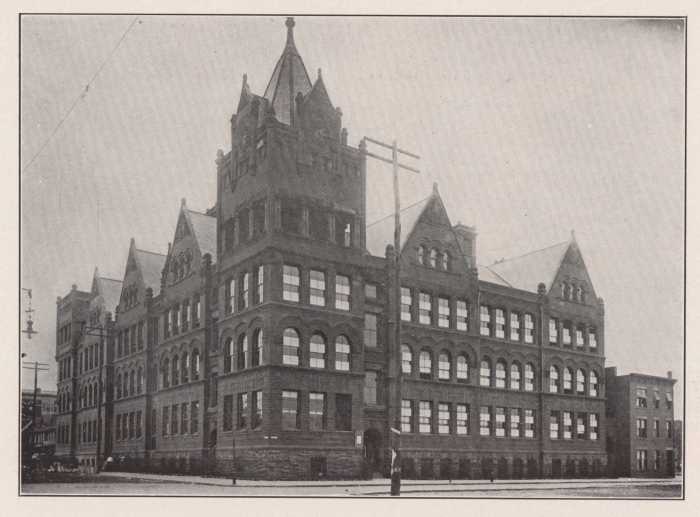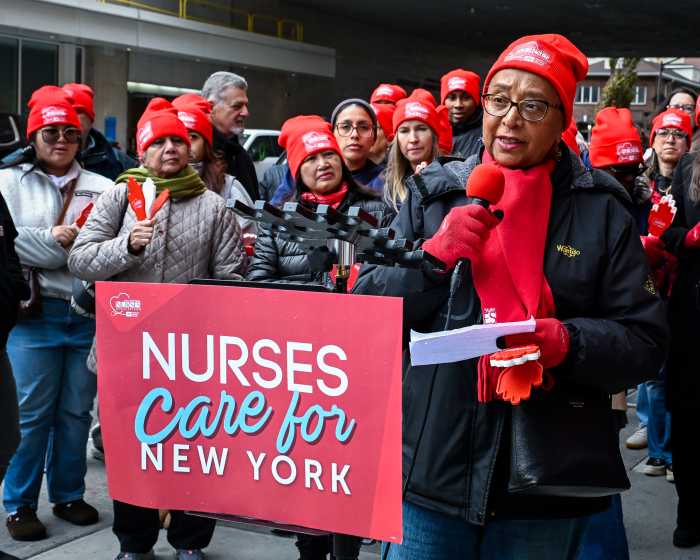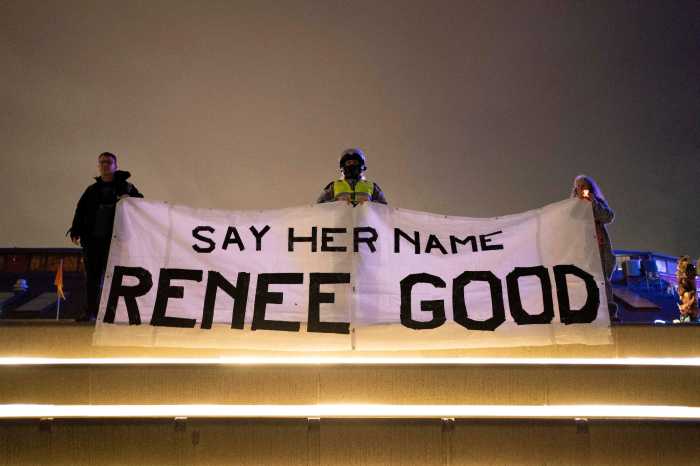After Monday night’s torrential downpour overwhelmed New York City’s streets and subways, officials warned that adapting the city’s aging infrastructure to a rapidly changing climate will take decades and cost billions of dollars.
“This was one of the most intense rainstorms the [sewer] system has dealt with,” said Rohit Aggarwala, the city’s chief climate officer and commissioner of the Department of Environmental Protection, during a press briefing Tuesday.
He said the July 14 storm fits a pattern of short, tropical-style downpours that have struck the city in recent years, noting that five of the most intense rainstorms in NYC’s history have occurred in the last four years.
The storm brought 2.64 inches of rain to Harlem, while Central Park recorded its second-highest one-hour rainfall on record, trailing only the downpours experienced in September 2021 from the remnants of Hurricane Ida, an event that triggered the first flash flood emergency in the city’s history.
Aggarwala also emphasized that during the storm’s 15-minute peak, rain fell at a rate of 4.08 inches per hour, according to the New York State Mesonet.
The deluge overwhelmed the city’s sewer system, designed for 1.75 inches of rainfall per hour, causing street flooding and subway service suspensions.
MTA Chair and CEO Janno Lieber said Tuesday morning that the city needs to increase the capacity of its stormwater management system to avoid future flooding in the subway network. However, city officials estimate that it could take some 30 years.
‘An environment we no longer live in’
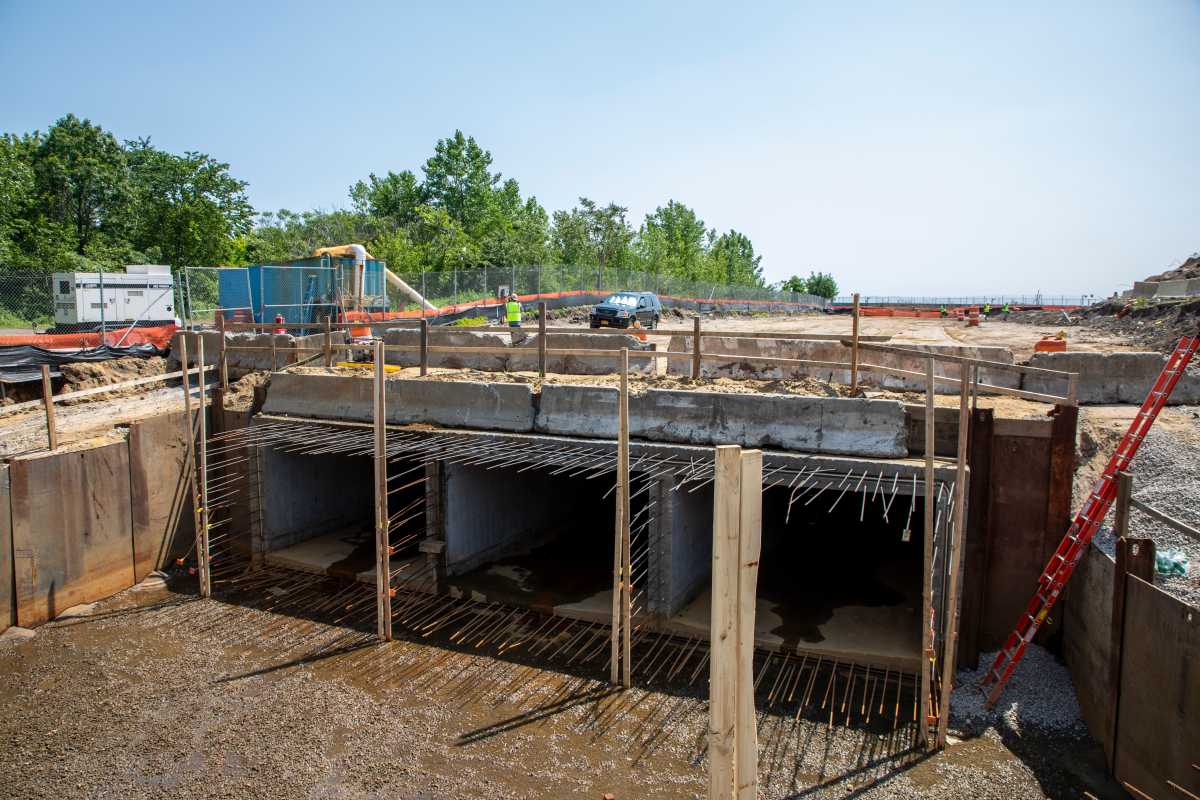
Aggarwala outlined recent stormwater management efforts, including reducing a backlog of 5,000 catch basins needing cleaning to just over 260 and partnering with the MTA on subway flood protection.
However, the sewer system, some parts of which were built over a century ago, was never designed for such volumes of rainfall.
“The pipes were designed for a certain amount of water,” he said. “A lot more water fell from the sky.”
Aggarwala said the city is investing in sewer expansion projects, but those “meaningful” upgrades will take decades. He pointed to a $350 million project in Bushwick to increase sewer capacity along Knickerbocker Avenue ninefold, which is expected to take nearly ten years to design and build.
The investments in the Brooklyn neighborhood will also include renovations to water catch basins and replacement of more than a mile of water mains to improve the neighborhood’s water distribution infrastructure.
The broader effort to upgrade vulnerable sections of the sewer system carries an estimated $30 billion price tag and could take 30 years at current funding levels, Aggarwala said.
“Right now, we are spending about $1 billion a year on sewers and stormwater management,” he said. “So, $30 billion at current spending, it would take us 30 years to do that.”
But cost is only part of the challenge.
“We have an infrastructure that was designed for an environment we no longer live in,” Aggarwala said, citing the federal government’s 2020 reclassification of New York City’s climate from coastal temperate to subtropical. “It’s as if New York City moved 500 miles south.”
Mayor Eric Adams echoed the concerns, warning that the city will continue to face extreme flooding risks because “our sewer system is not built to manage this much water in a short period of time.” Adams said it will “take time and money” to build out the necessary infrastructure.
Adams said the city’s emergency response included early public warnings, activation of the Flash Flood Emergency Plan, and interagency coordination. He credited these actions and public cooperation with helping avoid any casualties.
“I want to remind New Yorkers that flash floods can fill streets, stairwells, and basements in minutes, often with little or no warning,” Adams said Tuesday. “New Yorkers who live in basements, below-grade dwellings, or low-lying areas should take extra precautions, keep a go-bag near the door, clear exits, and plan to leave early if conditions worsen.”
Also Read : https://www.amny.com/sports/jets-extend-sauce-gardner-7-15-25/







